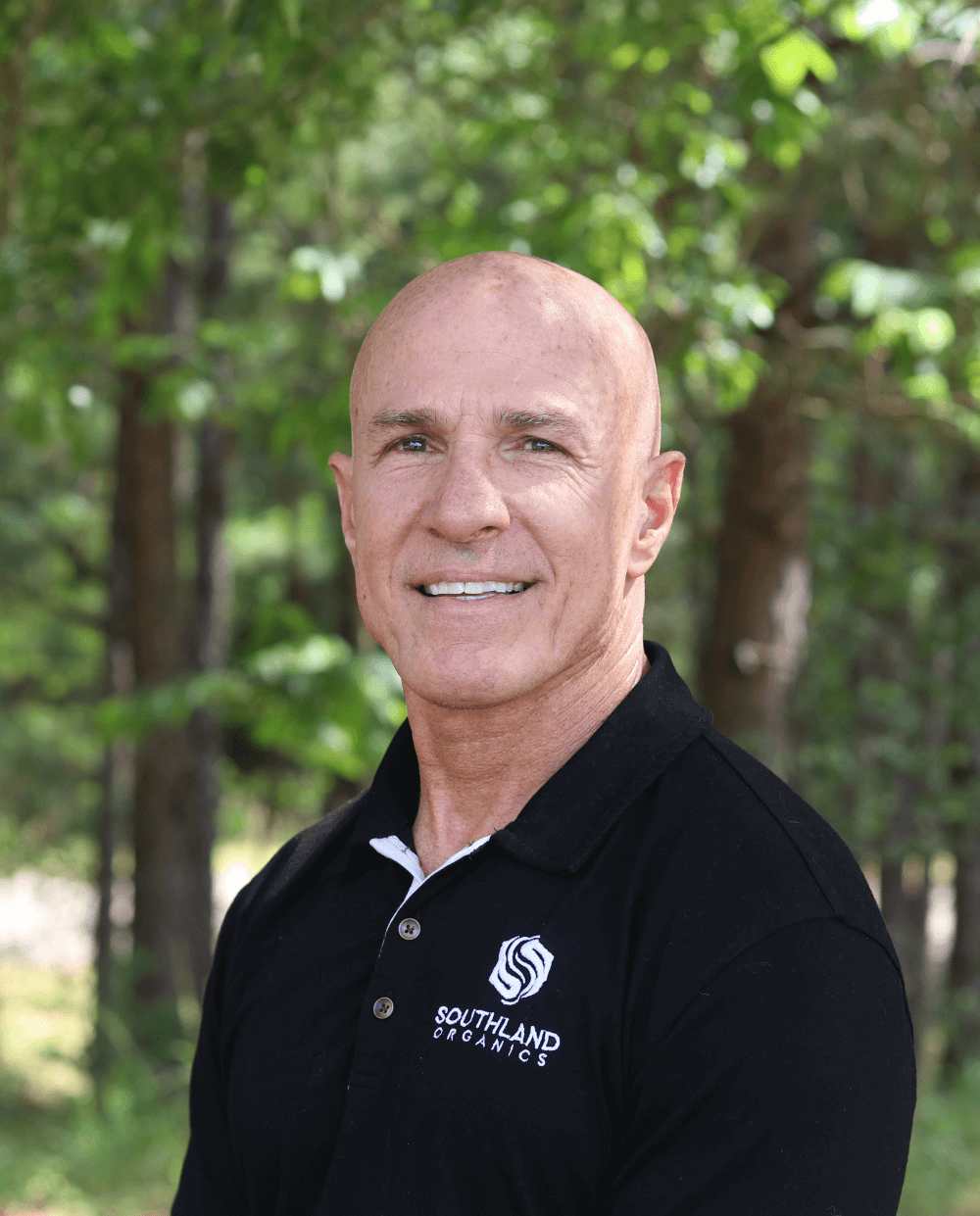Poultry farmers know that feed conversion is one of the biggest contributors to success in a flock. The nutrients and quality of feed are given so much attention by integrators and vets, yet water quality is often overlooked until big problems arise. Healthy birds actually consume twice as much water as they do feed over the course of a grow-out. Water intake drives feed intake. The more a bird drinks, the more the bird eats. Getting more food into a healthy bird can help with weight gain.
If you have big challenges in your water, like bacteria overgrowth, then the birds will spend more energy fighting the challenge than converting feed. It pays off to pay attention to water before it shows a problem. That means more success for you, as the grower. So today, we’re talking about water quality.
Every living thing needs water. In our greenhouse, the location of this week's video, we grow lettuce and the quality of the water and pH determine SO much! The same is true in poultry.
Dr. Susan Watkins, a leading expert in water quality for poultry from the Center of Excellence for Poultry Science at the University of Arkansas, says, “Taking water quality seriously could pay dividends with healthier birds, better feed conversions and reduced production costs.”
How do you know if your water is bad?
Running a water test is a quick way to diagnose your water problems, but there are a few tell-tale signs that you might have a water problem.
- Does the water stink? Harmful bacteria cause biofilm in water. Biofilm creates, well, a film that keeps oxygen from getting through. Without oxygen, bad bacteria become the boss, and they can stink. Water that smells bad could also mean you have too much of an element that feeds those harmful bacteria, like sulfur, which smells like rotten eggs. Too much iron, which will sometimes change the color of your water to a dingy brown, can also feed bacteria.
- Have you noticed your birds’ water intake go down? Birds don’t stop drinking without cause, and as we know, low water consumption means less feed consumption.
What makes good quality water?
Quality water is first and foremost—clean.
In the same way that if you or I drank water that was contaminated with harmful bacteria, we’d get sick, water lines with biofilm (or a thick buildup of bacteria) can harbor really harmful bacteria and cause disease among your flock.
Bacteria are a natural challenge when it comes to any water quality. In this ABF environment, it’s hard to know how to fight it without the use of antibiotics. Many farmers run bleach or peroxide through lines to keep things clean, even when birds are present. But introducing too many harsh chemicals doesn’t necessarily help the health of your bird. In fact, they can strip the inside of your bird’s digestive system of natural defenses and actually leave them more vulnerable to disease from harmful bacteria elsewhere in the house.
A safer and effective approach is to bleach your lines between flocks to annihilate harmful bacteria in the lines, then immediately repopulate your water with natural defenses (good bacteria).
Once the water is clean, how do you keep it that way?
To keep water clean, you must keep it flowing. In nature, rivers are always cleaner than ponds. Keep water clean in your houses by cleaning filters and flushing often. The most important time to pay attention to filter and flow is when the birds are smaller because they don’t drink enough water to keep it moving in the line. This means it gets warm. Bacteria like warm water. Flushing keeps the water from being stagnant and gets the bad stuff out of there.
If you want to give your lines an extra defense when birds are present, use something that fights biofilm naturally to keep bacteria at bay. For example, our Big Ole Bird uses fulvic acid to break through biofilm. This actually eliminates odor because it naturally eats away at the harmful, odorous bacteria. And it’s not just safe for birds. It actually helps them in the same way it helps the water lines—it fights off harmful bacteria inside that could cause disease. There are other products out there that get rid of biofilm in different ways. The important thing is to keep that biofilm from happening.
Water pH
In addition to keeping birds' drinking water clean, we want to keep it balanced. You have probably heard vets and techs talk about water pH. There is a lot of science that goes into getting the best pH to get birds to drink—which remember, is the goal.
If you have to acidify your water too much, your birds might not drink the water because those acidifiers often change the taste and can make it bitter. If they won’t drink, that’s a big problem. Using apple cider vinegar helps balance pH and promotes water consumption because birds like the way it tastes! Not all vinegar is created equal. Raw, unfiltered vinegar naturally has the best health benefits. Adding raw, unfiltered ACV to your water adds a hefty dose of probiotics to your birds as well. These help with digestion, nutrient absorption and disease resistance.
There is so much more to water quality. If you’re looking for more resources or would like to talk to someone to learn more, the Southland Organics team is here. Connect with me, Allen Reynolds, at 800-608-3755 or allen@southlandorganics.com.
We want to hear from YOU!
We’re working on a special new video full of tips and tricks from poultry farmers! To participate, take a video of yourself (or have someone else film you) giving your #1 poultry farming tip! Then, email it to allen@southlandorganics.com. We can’t wait to hear from you!






